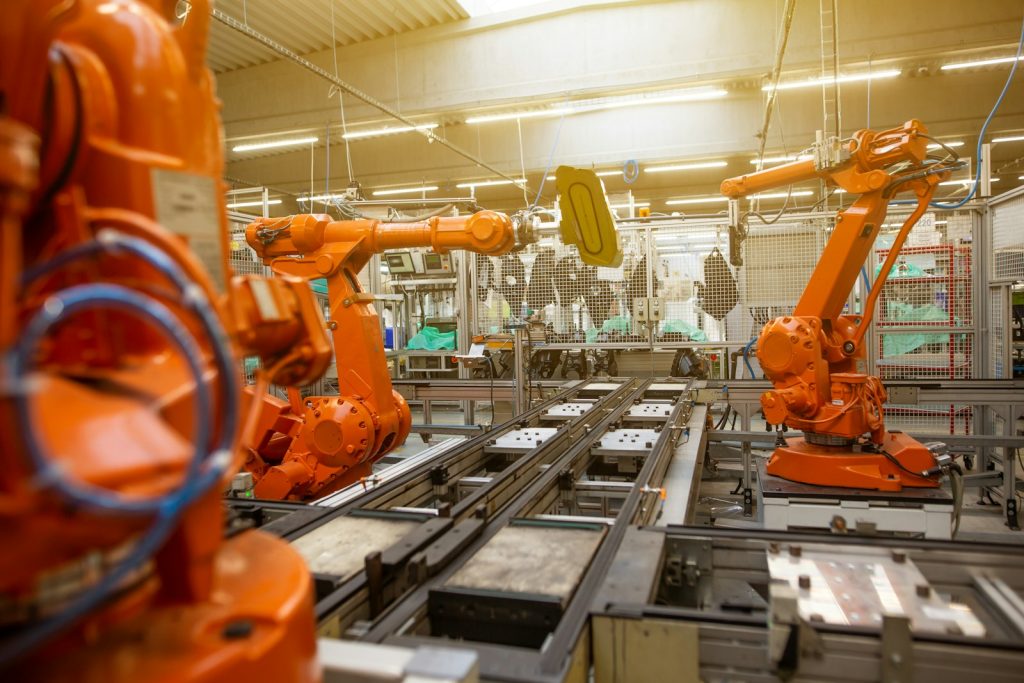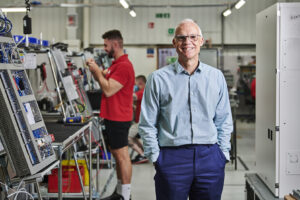Boosting Efficiency with Flexible Feeders

In the fast-paced world of modern manufacturing, adaptability is no longer a luxury, it’s a necessity. As consumer demands shift and product lifecycles shorten, companies must find smarter, more flexible ways to keep up. That’s where flexible feeders come into play. RNA Automation provides flexible feeders that are perfect for helping manufacturers accommodate product variants on the assembly line.
Whether you’re a contract manufacturer, or a small production facility, flexible feeders offer a powerful solution for automating the handling of a wide variety of parts, without the need for dedicated, rigid systems.
What Are Flexible Feeders?
Flexible feeders are systems used to present small or medium-sized parts in a consistent orientation for robotic picking and assembly. Unlike traditional bowl feeders that are custom-engineered for one specific part, flexible feeders use vision systems and vibration platforms to handle a wide variety of parts with minimal setup time.
These systems typically consist of:
- A vibration platform that spreads and orients parts,
- A vision system that identifies part positions and orientations,
- A robotic arm or pick-and-place system for final assembly or packaging.
Why Businesses Are Switching to Flexible Feeders
- High-Mix, Low-Volume Production
Today’s manufacturing environment favours customisation. For companies producing a variety of products in smaller batches, traditional feeding systems are too rigid. Flexible feeders allow quick changeovers between parts, reducing downtime and setup costs.
- Faster Time-to-Market
New product launches often face delays due to tooling and fixture constraints. With flexible feeders, manufacturers can rapidly adapt to new designs and start production sooner, a critical advantage in industries like consumer electronics and automotive.
- Reduced Costs Over Time
While the upfront cost of a flexible feeder may be higher than a traditional system, the long-term savings are significant. You eliminate the need to build and maintain custom feeders for each part, and you gain the flexibility to update your product lines without retooling.
- Improved Space Utilisation
Flexible feeders take up less space than multiple bowl feeders lined up for different components. For facilities with space constraints, this efficiency can free up valuable floor space for other operations.
- Enhanced Integration with Industry 4.0
Flexible feeders integrate well with smart manufacturing environments. They can be monitored and controlled through central systems, and they offer data feedback that can be used to improve efficiency, quality, and traceability.
Industries Benefiting from Flexible Feeders
- Electronics – For handling a wide variety of small parts and components in rapid production cycles.
- Medical Devices – Where precision, cleanliness, and quick changeover are essential.
- Automotive – Especially in final assembly lines where multiple part types are handled.
- Consumer Goods – Where short product lifecycles demand adaptable systems.
Choosing the Right Flexible Feeder
When evaluating a flexible feeder system, consider:
- Part sizes and materials (flexible feeders work best with small, non-tangling parts),
- Required cycle times and throughput,
- Integration capabilities with existing robots and vision systems,
- Software usability and support from the vendor.
Flexible feeders are more than just a hardware upgrade, they’re a strategic investment in your manufacturing agility. In a world where change is constant, being able to pivot quickly and efficiently gives your business a decisive edge.
If you’re looking to future-proof your production lines, a flexible feeder system might just be the smartest next step.



